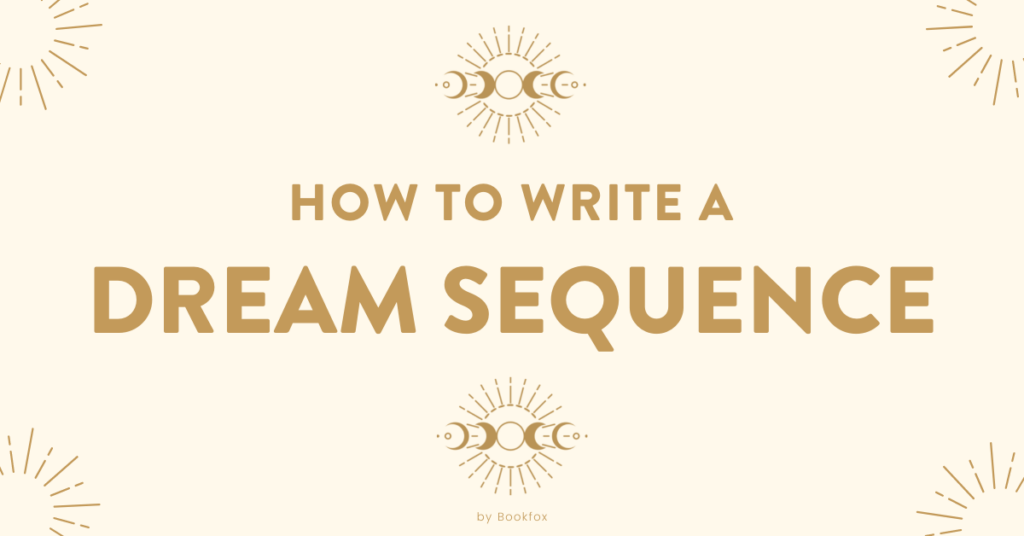
It’s easy to hate dream sequences in a novel.
I mean, how many bad dreams sequences have you read? I’ve read a ton, and that’s why for so long I was resistant to teach other writers how to use dreams, and refused to use them in my fiction.
But after continuing to see dreams in the books of authors I admire, I’ve come around. Yes, dreams do have a place in fiction.
But you have to be very careful about how you use them. Please don’t flub it up.
Before we get to the seven ways to use dreams well, let’s look at the three worst ways to use dreams:
- As a Gotcha Moment. This is a dream sequence that usually happens at the beginning of a book. And it’s designed to trick the reader into thinking they are reading an actual event in the world. But it comes off as a cheap trick when you pull back the curtain and say: “fooled you!”
- Too On The Nose. Sometimes a dream doesn’t feel dreamlike. It feels more like the author wanted to tell the reader something, and crafted the exact dream that would forward the plot. To avoid a dream being too on the nose, use metaphors. Instead of your character having a fear dream about a rapist, have them dream about a snake in their bed (look at the Dostoevsky example below)
- A Sloppy Substitute. Sometimes I read dreams in unpublished fiction and I think: why didn’t the author simply have this actually happen in the book? I mean, if the dream is necessary for the plot, it’s often more dramatic to have it actually happen. If you can make a dream real, please make it real.
Okay, so if you think you’re on track to avoid those mistakes, let’s look at good dreaming examples.
Here are seven ways to write a dream in your novel.
1. Dreams Creating Mystery
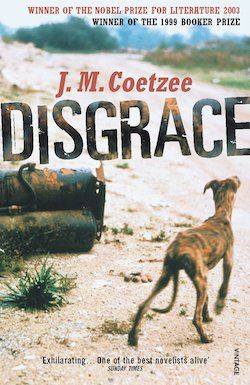
J.M. Coetzee’s book “Disgrace” is the best known of his books, but this dream is taken from “Waiting for the Barbarians”, which is similar in tone and theme.
Here we have a dream creating a mystery. There is a mysterious figure wearing a hood, and whose face cannot be seen, and finally the face is blank.
So who is this figure? Who is this beggar child figure who he offers a coin? There’s a very good connection to one of the main characters in the novel, but in the realm of the dream, it’s a mystery.
“In the night the dream comes back. I am trudging across the snow of an endless plan towards a group of tiny figures playing around a snowcastle. As I approach the children sidle away or melt into the air. Only one figure remains, a hooded child sitting with its back to me. I circle around the child, who continues to pat snow on the sides of the castle, till I can peer under the hood. The face I see is blank, featureless; it is the face of an embryo or a tiny whale; it is not a face at all but another part of the human body that bulges under the skin; it is white, it is the snow itself. Between numb fingers I hold out a coin.”
Rather than using a dream to solve a problem in your book, it’s an excellent idea to use a dream to create a mystery.
2. Dreams Revealing Desires
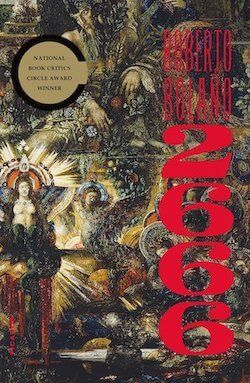
There are more dreams in Roberto Bolano’s “2666,” than any other book I’ve ever read. In fact, the number of dreams in this book actually convinced me that perhaps dreams do serve a useful function in fiction (before, I’d read a lot of bad dream sequences and felt prejudiced against them).
Here, the main character has been chasing the elusive literary figure Archimboldi for decades of her life.
And to heighten that desire/passion, Bolano shows her even dreaming about Archimboldi. If you want to show that your character truly wants something, simply have them dream of what they want.
“When she fell asleep at last, with the TV on, she dreamed of Archimboldi. She saw him sitting on a huge volcanic slab, dressed in rags and with an ax in one hand, looking at her sadly.”
In this dream, her desire is coming true: she finally sees this mysterious, elusive figure, and he’s looking at her.
3. Dreams as a Choice
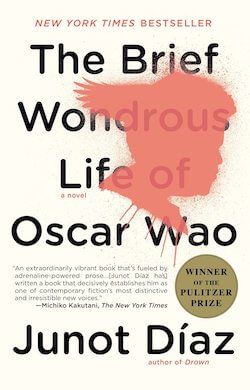
The great thing about dreams in fiction is that you can have them be purely in dreamworld, or overlap with the real world.
In Junot Diaz’s “The Brief Wondrous Life of Oscar Wao,” we see a character who is beaten so badly that he is on the verge of death. And he has a dream (kind of a hallucination) where he imagines a mongoose has given him a choice: to live or to die.
Oscar remembers having a dream where a mongoose was chatting with him. Except the mongoose was the Mongoose. What will it be, muchacho? it demanded. More or less? And for a moment he almost said less. So tired, and so much pain – Less! Less! Less! – but then in the back of his head he remembered his family. Lola and his mother and Nena Inca. Remembered how he used to be when he was younger and more optimistic. The lunch box next to his bed, the first thing he saw in the morning. Planet of the Apes. More, he croaked.
Even though he’s dreaming, he’s also making a real-world choice to live. So he survives this beating in the cane field and goes on to have one more relationship.
4. Dreams Fueling Relationships
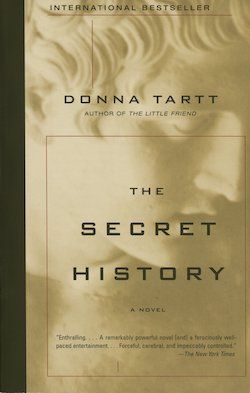
In Donna Tartt’s “The Secret History” the protagonist has a dream about talking to a dead person.
This is actually the way the book ends, but it’s excellent psychology. This friend of hers met a tragic end, dying at the end of the book, and so she’s haunted by him.
It’s a way to give their relationship a little bit of closure, letting her talk to him in her dream.
Which reminds me, by the way, of a dream I had a couple of weeks ago. […] I went inside one of these new buildings. It was like a laboratory, maybe, or a museum. My footsteps echoed on the tile floors. There was a cluster of men, all smoking pipes, gathered around an exhibit in a glass case that gleamed in the dim light and lit their faces ghoulishly from below. “I thought I’d find you here,” said a voice at my elbow. It was Henry. His gaze was steady and impassive in the dim light. Above his ear, beneath the wire stem of his spectacles, I could just make out the powder burn and the dark hole in his right temple. I was glad to see him, though not exactly surprised. “You know,” I said to him, “everybody is saying that you’re dead.” He stared down at the machine. The Colosseum… click click click… the Pantheon. “I’m not dead,” he said. “I’m only having a bit of trouble with my passport.”
This one uses dream logic — he says he’s having trouble with his passport and his movements are restricted — a nice metaphor for a waystation after death.
It’s also a nice way to let the book end on their relationship, even though he’s already gone. One strategy would be to have a flashback, but a dream works perfectly well, too.
5. Dreams Stoking Fears

One of the most common dreams is a fear dream. We dream of what we’re frightened by.
And so it makes sense that fiction should include fear dreams as well.
In Han Kang’s “The Vegetarian,” a woman has a fear dream about meat, about being trapped in a closet full of meat.
Dark woods. No people. The sharp-pointed leaves on the trees, my torn feet. This place, almost remembered, but I’m lost now. Frightened. Cold. Across the frozen ravine, a red barn-like building. Straw matting flatting limp across the door. Roll it up and I’m inside, it’s inside. A long bamboo stick strung with great blood-red gashes of meat, blood still dripping down. Try to push past but the meat, there’s no end to the meat, and no exit. Blood in my mouth, blood-soaked clothes sucked onto my skin.
And it is this dream that causes her to become a vegetarian. So you can also use dreams as a catalyst to get your character to change, to make a strong decision. It’s important to have “trigger events” in your book to cause a character to change their course, and a dream can be an excellent trigger event.
6. Dreams as Foreshadowing
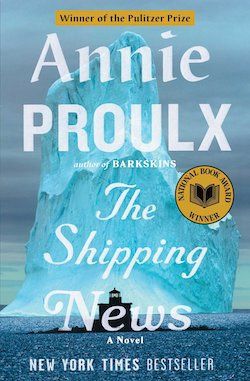
In Annie Proulx’s “The Shipping News” the daughter has a dream that the house has fallen into the sea.
And on the very next page, the very next day, the house does fall into the sea (it’s on a cliff overlooking the ocean).
“But Bunny went up the howling chimney, sailed against the wind and across the bay to the rock where the green house strained against the cables. She lay on stone, looked up. A shingle lifted, tore away. A course of bricks flew off the chimney like cards. Each of the taut cables shouted a different bull-roarer note, the mad bass driving into rock, the house beams and timbers vibrating. The walls chattered, shot nails onto the heaving floors. The house strained toward the sea. A crack, a whistle as a cable snapped. Glass burst. The house slewed on grating sills. The cables shrilled.at the freed corner, fell, lifted. Glass broke. A second cable parted.
Now the entire back of the house rose as if the building curtsied, then dropped. Cracking beams, scribbles of glass, inside the pots and pans and beds and bureaus skidding over the floors, a drawer of spoons and forks down the tilt, the stairs untwisting.A burst of wind wrenched the house to the east. The last cables snapped, and in a great, looping roll the house toppled.Shrieking. Awake. Scrambling across the floor to get away. The wind outside proving the nightmare. Quoyle lurched through the door, grasped the kicking child. He was frightened for his daughter. Who was mad with fear.Yet in ten minutes she was calm, swallowed a cup of warm milk, listened to Quoyle’s rational explanation of wind noises that caused nightmare, told him she could go back to sleep if Warren the Second slept on the bed. When he asked cautiously what she had dreamed, she couldn’t remember.”
This dream uses dream logic (in the dream she can fly up the chimney and across the bay).
She also can’t even remember what the dream was about — so it’s not foreshadowing for the characters, but for the reader.
7. Guilt Dreams
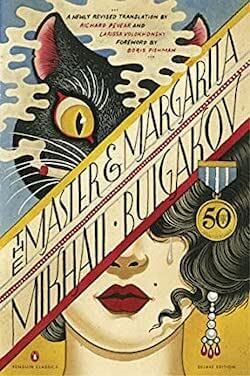
In “The Master and the Margarita,” the protagonist Nikanor Ivanovich has an extended dream. It’s long — 3400 words, and takes up a whole chapter.
And in it, he’s on trial, being accused of hiding foreign currency (in Russia, back mid-20th century, it was illegal to hold foreign money). He’s essentially projecting his sense of fear and guilt inside this dream.
It starts in a way that seems influenced by the book of Revelation:
“Nikanor Ivanovich then had a dream, which was undoubtedly influenced by his recent experiences. It began with some men carrying golden trumpets leading him, with great solemnity, to a pair of huge painted doors, where his companions blew a fanfare in Nikanor Ivanovich’s honour. Then a bass voice boomed at him from the sky:”
But there’s another level to this dream as well. The whole dream is a critique of the restrictions of Russia at the time. And what’s more, when he stops dreaming and wakes up, then he goes into another dream. A doctor gives him a sedative, and within five sentences he starts dreaming again, about Jesus being crucified:
“They were soon silent again and he began dreaming that the sun had already set over Mount Golgotha and that the hill was ringed by a double cordon…”
So we have two long dreams back to back, making the book feel incredibly surreal.
8. Dreams as Symbols
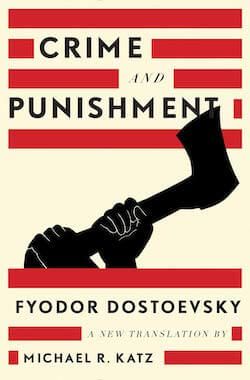
In Crime and Punishment, we see a dream symbol. Raskolnikov is thinking about killing an old landlady. But does he dream directly about that? No.
Instead, he dreams of a man killing a horse. Just beating a horse to death, mercilessly.
And when he wakes, he automatically knows the dream really isn’t about killing the horse — he knows the horse was a metaphor for the old woman.
Raskolnikov dreamed a terrible dream. He dreamt that he was a child again, back in the little town they used to live in. He was a boy of seven, walking one holiday with his father outside the town. […] The blow was a crushing one; the mare staggered, sank down, and then made another effort to get up, but the crowbar struck another swinging blow on her back, and she fell as if her legs had been cut from under her. ‘Finish her !’ shouted Mikolka, and jumped down, quite beside himself, from the cart. A few of the young men, as drunk and red in the face as he, snatched up whatever came to hand-whips, sticks, the shaft-and ran to the dying mare. Mikolka stationed himself at the side and belaboured her back at random with the crowbar. The wretched animal stretched out her muzzle, drew a deep, labouring breath, and died. […]He woke panting and sweating, his hair damp with perspiration, and sprang up in alarm. ‘Thank God, it was only a dream,’ he said, sitting down under a tree and drawing long breaths. ‘But why did I dream it? Can I be starting some sort of fever? It was such a horrible dream.’ His whole body felt bruised, and his mind dark and confused. He put his elbows on his knees and propped his head in his hands.’God !’ he exclaimed, ‘is it possible, is it possible, that I really shall take an axe and strike her on the head, smash open her skull … that my feet will slip in warm, sticky blood, and that I shall break the lock, and steal, and tremble, and hide, all covered in blood … with the axe … ? God, is it possible?’
Bonus Dream Sequences
“A Personal Matter” by Kenzaburo Oe:
Bird was dreaming, groaning in protest against the dawn chill.
He is standing on a plateau on the western bank of Lake Chad, east of Nigeria. What can he be waiting for in such a place? Suddenly he is sighted by a giant phacochoere. The vicious beast charges, churning sand. But that’s all right! Bird has come to Africa for adventure, encounters with new tribes and with the perils of death, for a glimpse beyond the horizon of quiescent and chronically frustrated everyday life. But he has no weapon to fight the phacochoere. I’ve arrived in Africa unequipped and with no training, he thinks, and fear prods him. Meanwhile the phacochoere is bearing down. Bird remembers the switchblade he used to sew inside his pants cuff when he was a delinquent in a provincial city. But he threw those pants away a long time ago. Funny he can’t remember the Japanese word for phacochoere. Phacochoere! He hears the group that has abandoned him and fled to a safety zone shouting: Watch out! Run! It’s a Phacochoere! The enraged animal is already at the clump of low brush a few yards away: Bird hasn’t a chance of escaping. Then, to the north, he discovers an area protected by an oblique blue line. It must be steel wire; if he can get behind it he may be safe; the people who left him behind are shouting from there. Bird begins to run. Too late! the phacochoere is almost on him. I’ve come to Africa unequipped and with no training; I cannot escape. Bird despairs, but fear drives him on. Numberless eyes of the safe people behind the oblique blue line watch Bird racing toward them. The phacochoere’s abominable teeth close sharply, firmly, on Bird’s ankle. …
The phone was ringing. Bird woke up.
“Ship of Fools” by Katherine Anne Porter
Jenny slept and lived through again in her sleep something she had seen once in broad day, but the end was different as if her memory had patched together two or three unrelated bits and pieces to contrive a meaning for the whole which the separate pieces lacked. During the first month after she began to live with David, she had gone by bus from Mexico City to Taxco, to look at a house there. At noon of the burning bright day they bad slowed down in passing through a small Indian village with the little thick-walled windowless houses sitting along the road, the bare earth swept before each door … As the bus rolled by, Jenny saw a man and a woman, some distance from the group, locked in a death battle. They swayed and staggered together in a strange embrace, as if they supported each other; but in the man’s raised hand was a long knife, and the woman’s breast and stomach were pierced. The blood ran down her body and over her thighs, her skirts were sticking to her legs with her own blood. She was beating him on the head with a jagged stone, and his features were veiled in rivulets of blood. They were silent, and their faces had taken a saintlike patience in suffering, abstract, purified of rage and hatred in their one holy dedicated purpose to kill each other … It was a mere flash of vision, but in Jenny’s memory it lived in an ample eternal day illuminated by a cruel sun, full of the jolly senseless motion of the bus, the deep bright arch of the sky, the flooding violet-blue shadows of the mountains over the valleys; her thirst; and the gentle peeping of newly hatched chickens in a basket on the knees of the Indian boy beside her. She had not known how frightened she was until the scene began repeating itself in her dream, always with some grotesque variation which she could not understand. But this latest time, she had been among the watchers, as if she were at a play, and the two narrow white-clad figures were unreal as small sculptured altar pieces in a country church. Then with horror she saw that their features were changing, had changed entirely — the faces were David’s and her own, and there she was looking up into David’s blood-streaming face, a bloody stone in her hand, and David’s knife was raised against her pierced bleeding breast . . .
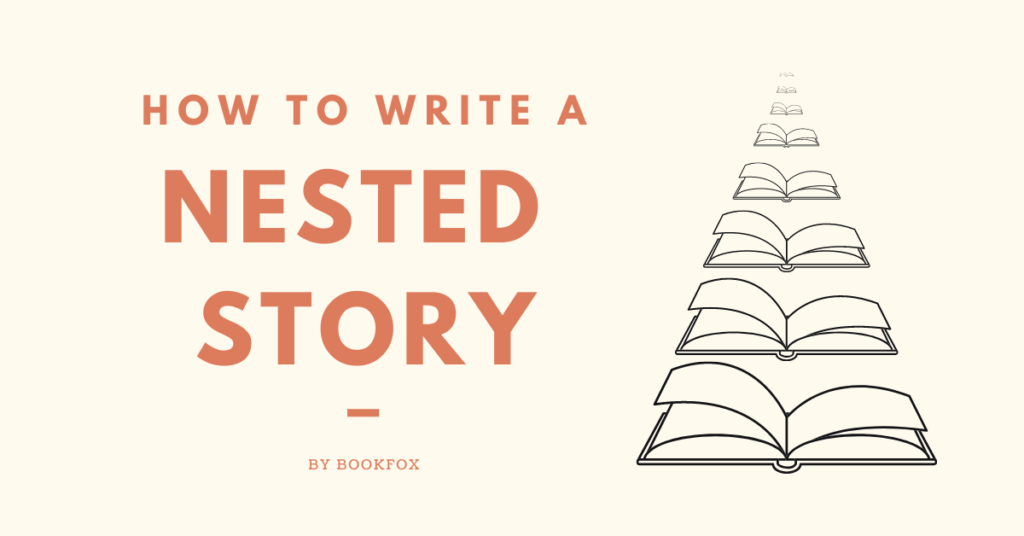
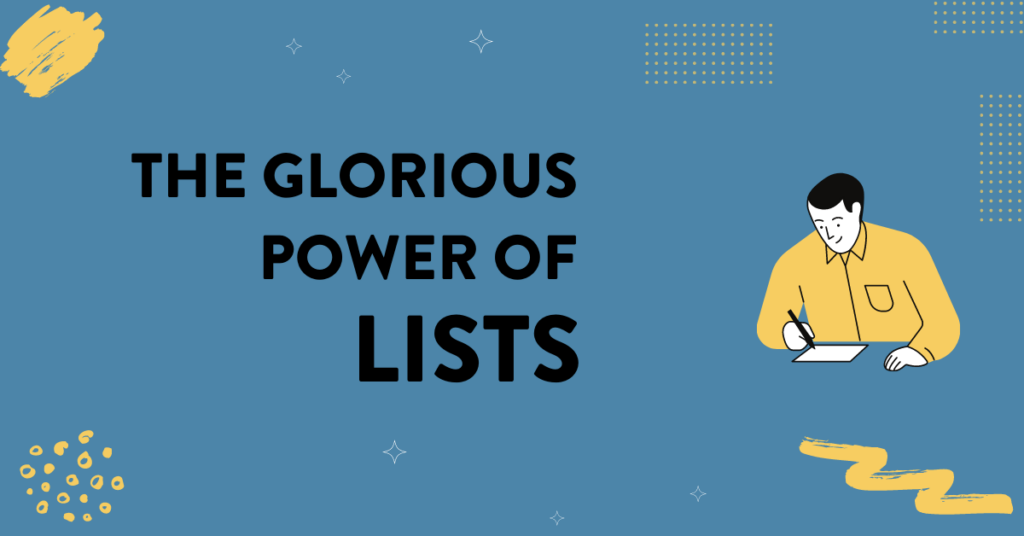

One thought on “8 Ways to Write a Dream Sequence”
Thanks so much for this post!